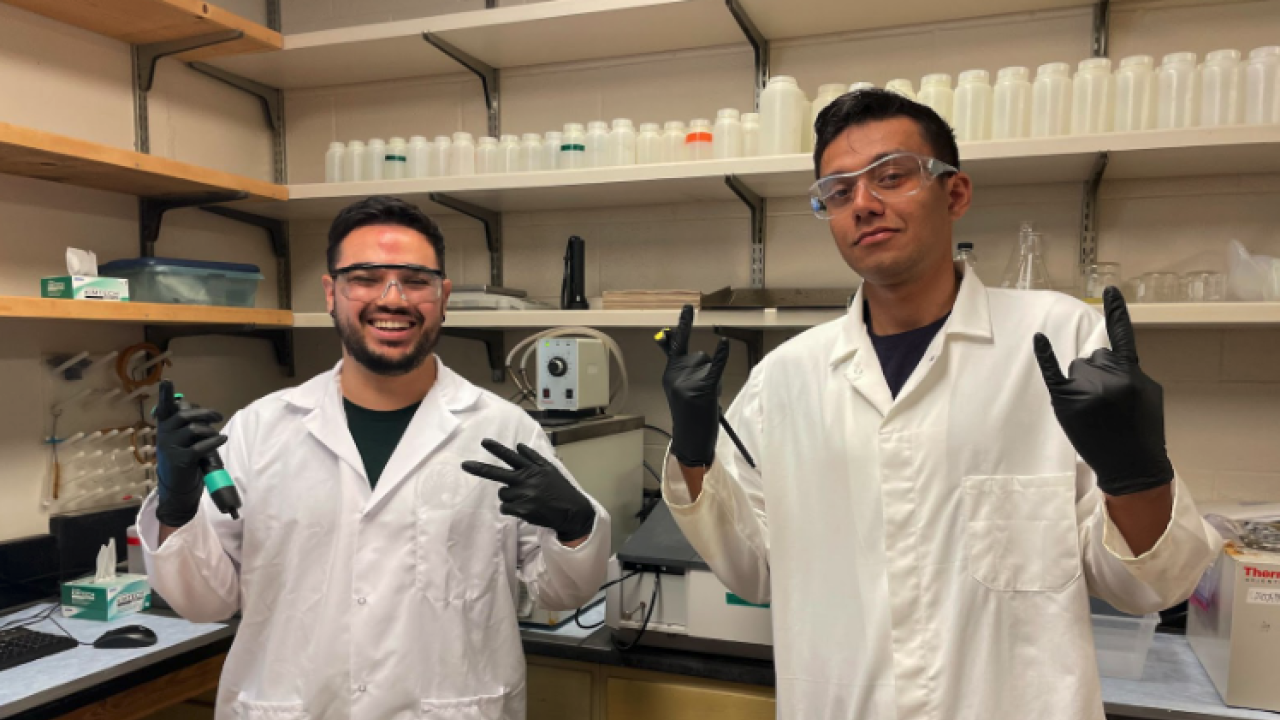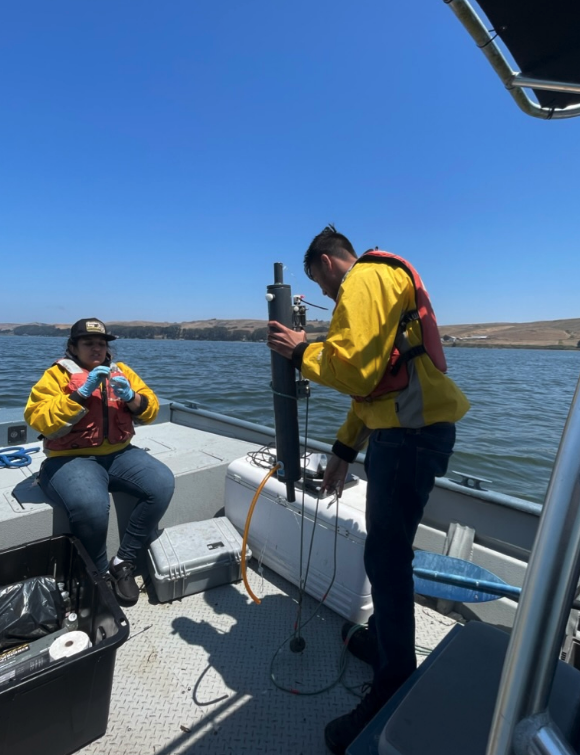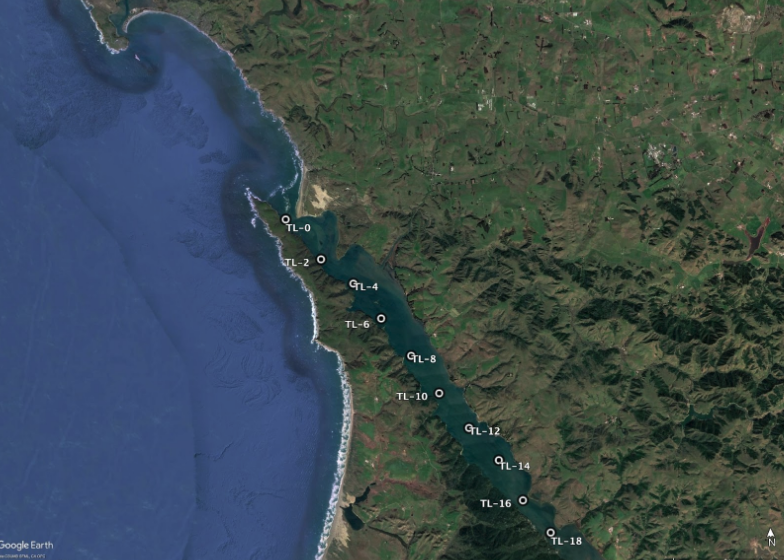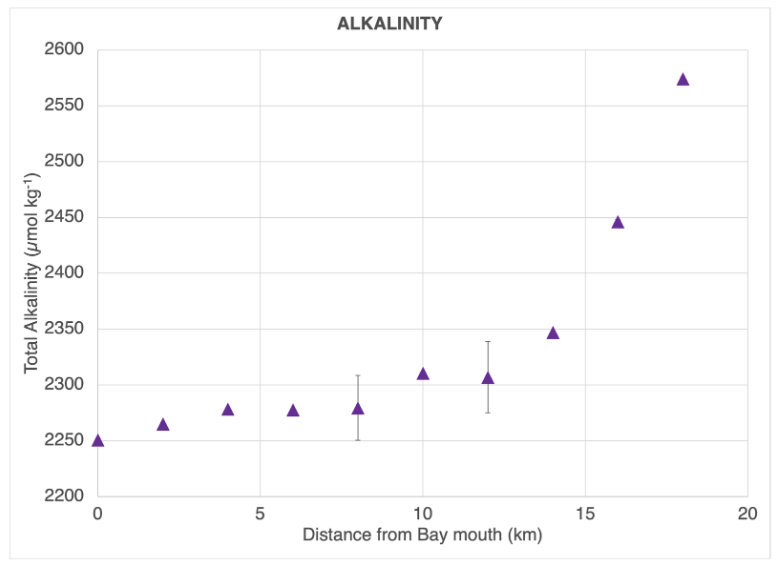
Unraveling the Mysteries of Ocean Alkalinity in Tomales Bay
A Santa Rosa Junior College - Bodega Marine Laboratory Internship Program Story
Sahil Prasad is a SeaGrant Pathways and SRJC-BML intern in the Coastal Health and Nearshore Geochemistry (CHANGE) Lab. He is a community college transfer student attending UC Davis in Fall 2023 majoring in Molecular and Medical Microbiology.
Humans have been dangerously raising Carbon Dioxide emissions for the past two-hundred years starting in the late 1700s with the onset of the Industrial Revolution. Since then we have crossed a threshold of Carbon Dioxide emissions akin to what Earth looked like during the Pliocene Era, 5.4 - 2.4 million years ago. Why should this worry you? Because during this time the Earth was warmer and sea levels were higher. High levels of Carbon Dioxide in the atmosphere intensify the infrared radiation re-radiated back towards the Earth from the sun. If this gets too intense glaciers will begin to melt and sink our land and heat waves could kill plants and animals vital to our survival.
At the Coastal Health and Nearshore Geochemistry (CHANGE) Lab, I worked hard with Dr. Alyssa Griffin, Manuel Delgado, and my fellow interns in addressing the climate crisis through Ocean Alkalinization. Ocean Alkalinization is a process by which we may increase the Ocean’s ability to absorb high levels of Carbon Dioxide from the atmosphere.

My project at the CHANGE lab sought to look at how Tomales Bay might be a potential source of alkalinity for the open ocean. With guidance from Dr. Alyssa Griffin and my mentor, Manuel Delgado, I collected samples of seawater along the “Tomales Line'' a line that stretches from the mouth of Tomales Bay to the end of the bay. I then ran these samples through an auto-titrator machine and a UV Spectrophotometer to get readings on the Ocean’s alkalinity at these sites.


Alkalinity readings at the mouth of the Bay were lower than at the end of the bay further inland. The conclusions seem to suggest that, yes, Bays and Estuaries may be a source of alkalinity for the open ocean. So what does this mean? This means that we should be advocating for the conservation, restoration, and protection of these coastal ecosystems as they may be one possible way to ensure that future generations have a planet to live on
About the Program:
The SRJC-BML Internship Program provides summer research opportunities for Santa Rosa Junior College students at the Bodega Marine Laboratory.
